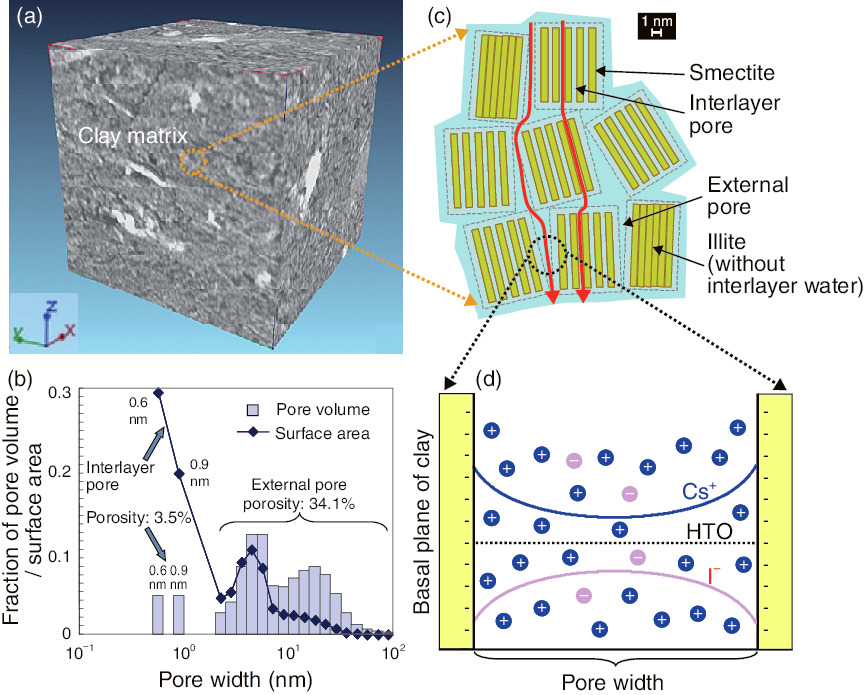
Fig. 8-20 Conceptual images of a clay-based diffusion model

Fig.8-21 Comparison between measured and modeled results of Ni, Am, and Se
Diffusion and sorption of radionuclides (RNs) in rocks are key processes for the safe geological disposal of radioactive waste. To set reliable parameters for various geological and geochemical conditions relevant to safety assessment, understanding diffusion and sorption processes and developing mechanistic models is necessary. A clay-based modeling approach that assumes key contributions of clay minerals has been developed to describe the diffusion and sorption behavior of simple ions (Cs+, I-) in the mudstone from the Horonobe underground research laboratory (URL) in previous studies. The present study focuses upon experimental and numerical investigation of the diffusion and sorption of more complex species including Ni(II), Am(III), and Se(IV) in the mudstone from the Horonobe URL.
Effective diffusivities (De) measured by through-diffusion experiments indicated cation excess and anion exclusion effects and were interpreted by the clay-based modeling approach. The diffusion behaviors were assumed to be dominated by nanoscale pores in the homogeneously dispersed clay matrix, based on mineral and pore distributions by nano-focus X-ray CT and mercury porosimetry (Figs.8-20(a) and (b)). The clay matrix comprises non-swelling illite without interlayer water and swelling smectite with interlayer water (Fig.8-20(c)). The diffusion model based on the electrical double layer (EDL) describing the relative ionic concentrations and viscoelectric effects at the negatively charged clay surface is connected to a simplified homogeneous-pore model with the size distribution (Fig.8-20(d)). The dominant species under the test conditions are estimated to be Ni2+, Am(CO3)2-, and SeO32-. The diffusion model can qualitatively express De trends including cation excess and anion exclusion effects (Cs+ > Ni2+ > HTO > I- > SeO32- >Am(CO3)2-), as well as the salinity dependences (Fig.8-21(a)). As shown by dashed lines in Fig.8-21(a), interlayer pores contribute significantly to cation diffusion, and the disparity between the modeled and measured De values of cations may indicate that the contributions of the interlayer pores vary according to cations and salinity conditions.
Distribution coefficients (Kd) measured by batch sorption experiments were consistent with those obtained by diffusion tests and were calculated by the sorption model using site capacities determined from the clay contents and model parameters (i.e., ion exchange and surface complexation). Trends in Kd predicted by the sorption model, considering the additive contributions of illite and smectite, demonstrate reasonable agreement with measurements as a function of pH (Fig.8-21(b)).
From these results, electrostatic interactions in nanoscale pores and sorption reactions at clay surfaces control the diffusion and sorption of various RNs. The clay-based modeling approach can be applied to predicting the diffusion and sorption behaviors of various RNs with complex chemistry in mudstone.